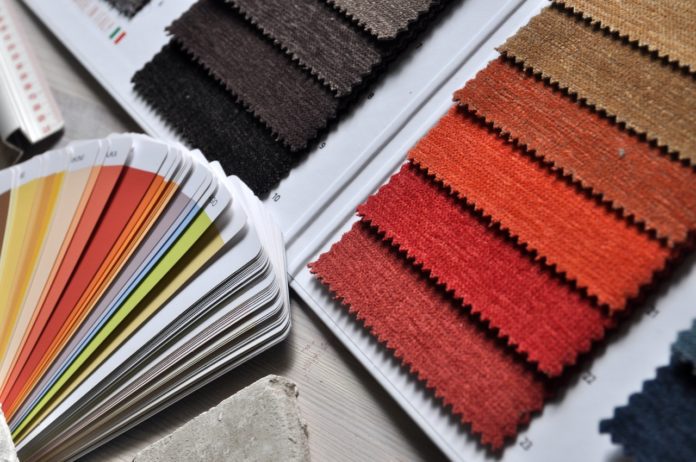As boating and other water-based activities become more popular, the need for better marine fabrics is becoming apparent.
Whether you’re an avid fisherman or a weekend boater, you know that your watercraft is only as good as the marine fabric it’s made with. And just like any other industry, the marine fabric industry is ever-changing and developing new ways to improve its products. From UV protection to mildew resistance, these new fabrics will make a splash in the boating world.
This blog post will explore some of the developments in sustainable marine fabric and what they mean for your watercraft.
The Different Types Of Marine Fabric
There are many different types of marine fabric on the market, each with its pros and cons. Here are some of the most popular options:
- Polyester: Polyester is the most common type of marine fabric. It is strong and durable, making it ideal for covering large areas of your watercraft.
- Vinyl: Vinyl is more expensive but is more UV-resistant and will not fade as quickly as polyester. It is also more waterproof than polyester, making it a good choice for areas prone to getting wet.
- Acrylic: Acrylic is the most expensive type of marine fabric, but it offers the best protection from UV rays and is the most durable option. It is also the heaviest-duty fabric, making it ideal for covering larger areas of your watercraft.
- Sunbrella: Sunbrella is a durable, UV-resistant fabric often used for boat covers and awnings. It is available in various colors and patterns and can be easily cleaned with soap and water.
- OEM Fabric: Many boat manufacturers use their proprietary marine fabrics, which are often cheaper than aftermarket options but may not be as durable or easy to clean.
- Mesh: Mesh fabric is often used for boat tarps and storage covers because it allows air to circulate while still providing some protection from the elements.
How To Choose The Right Marine Fabric For Your Watercraft
Selecting the proper marine fabric for your watercraft to maximize durability and performance is crucial. There are a few factors to consider when choosing a marine fabric, such as the type of water it will be subjected to, the frequency of use, and the climate.
Freshwater vs. Saltwater Use
The first factor to consider when choosing a marine fabric is whether it will be used in freshwater or saltwater. In most cases, most marine fabrics are able to withstand exposure to fresh water. However, there are special marine fabrics that are designed to withstand the harsh conditions of saltwater. So if you plan on using your watercraft in saltwater, it’s essential to choose a marine fabric that can withstand prolonged exposure to salty water.
Frequency Of Use
Another factor to consider when choosing a marine fabric is how often you plan on using your watercraft. If you’re an avid boater who plans on using your boat several times per week, choose a durable fabric. However, remember that better quality will come at a higher investment. If, on the other hand, you are a recreational boater who will only go on a few voyages in a year, you can go for a less durable and more affordable fabric.
Climate Conditions
Finally, it’s essential to consider the climate conditions where you’ll be using your watercraft when selecting a marine fabric. You won’t need a heavy-duty fabric if you live in an area with warm weather and calm waters.
Maintenance And Care Of Marine Fabric
Keeping your marine upholstery fabric clean and in good condition is important. There are a few different ways you can do this.
- One way is to brush it off with a soft brush after each use. This will help remove dirt, salt, and other debris that can cause the fabric to degrade over time.
- Another way to maintain the best looks for the upholstery fabric is to treat it with a UV protectant. This will aid in the prevention of fading and sun damage.
- You can try spot-cleaning with a mild soap and water solution for more stubborn stains. Be sure to test this on an inconspicuous area first, as some fabrics may be sensitive to certain cleaners.
Conclusion
With the ever-changing landscape of marine fabrics, it’s crucial to stay up-to-date on the latest developments. Fabrics that provide better protection for your watercraft are constantly being developed using newer, more innovative technologies. With so many options available, there is no excuse not to have the best protection for your boat or yacht.


